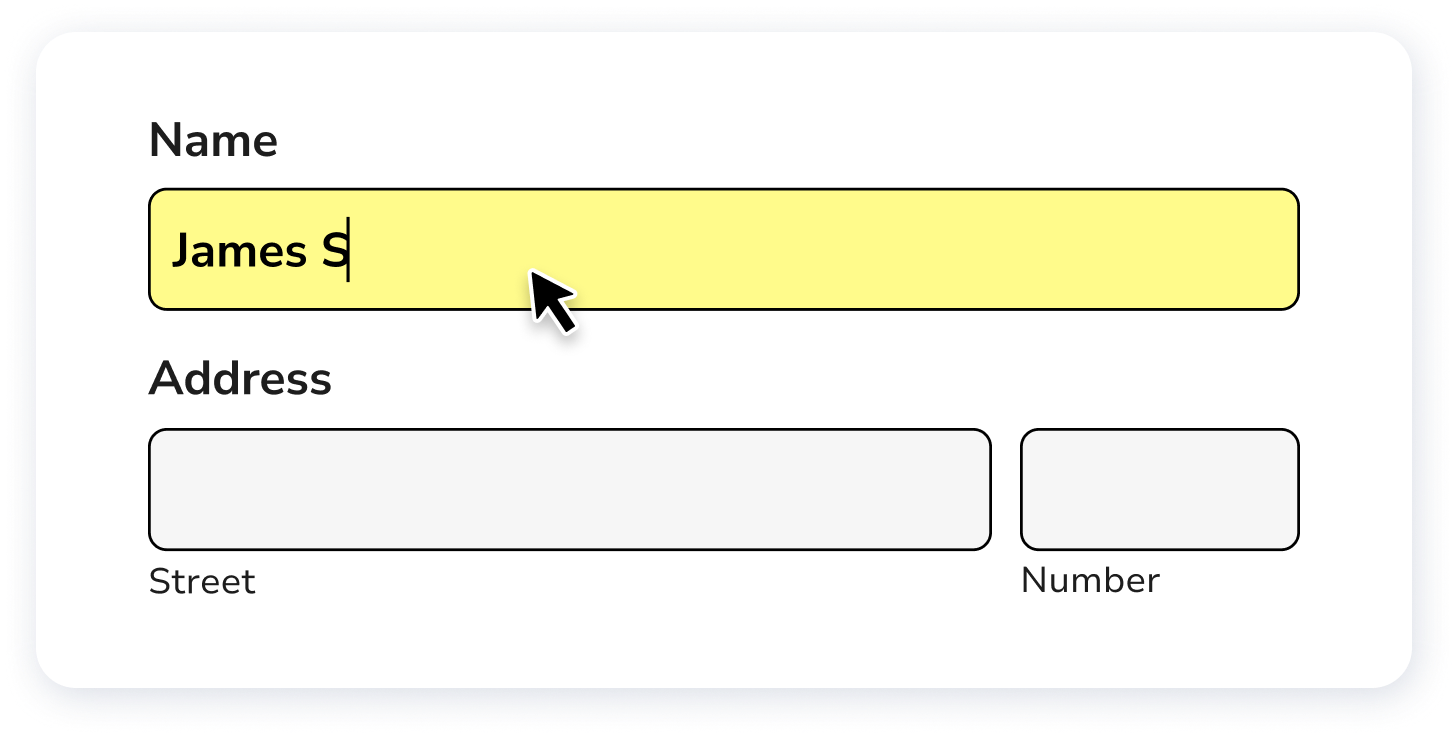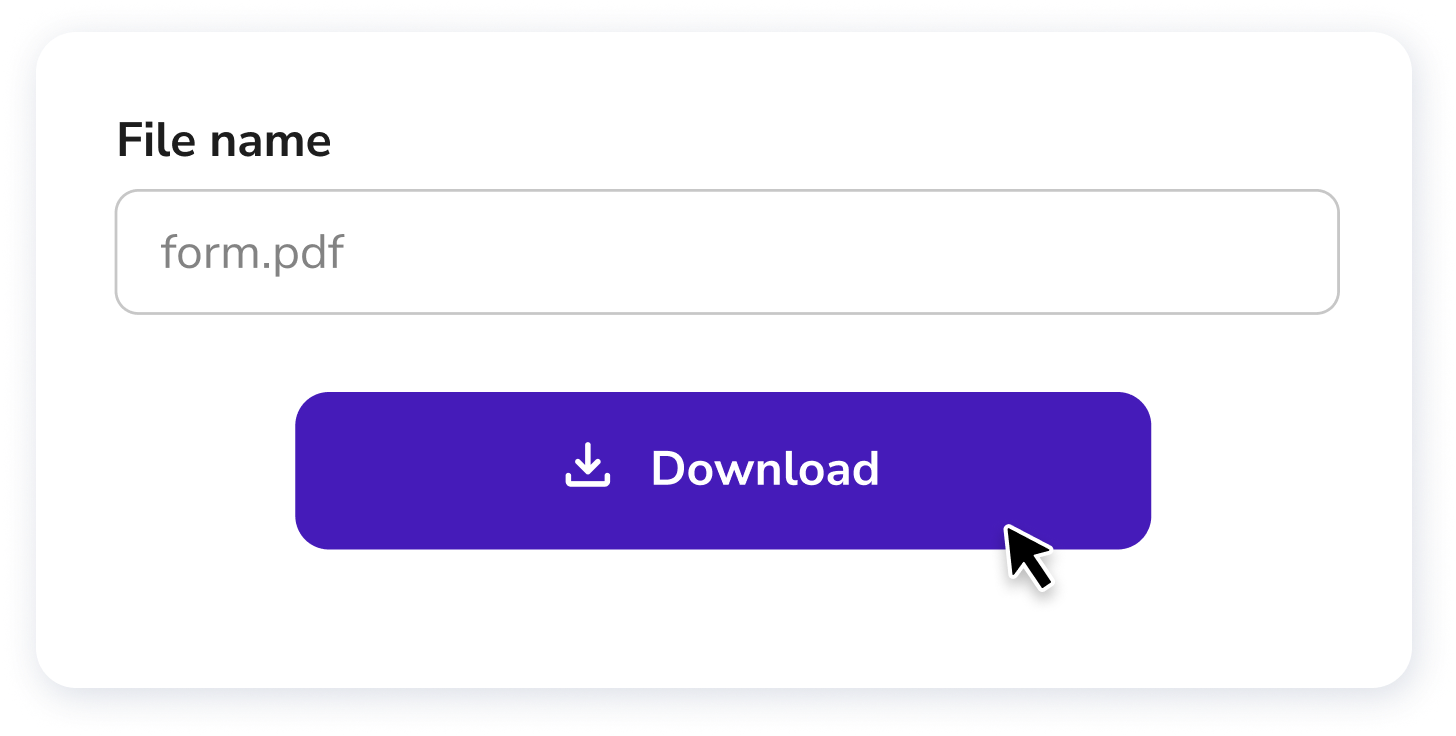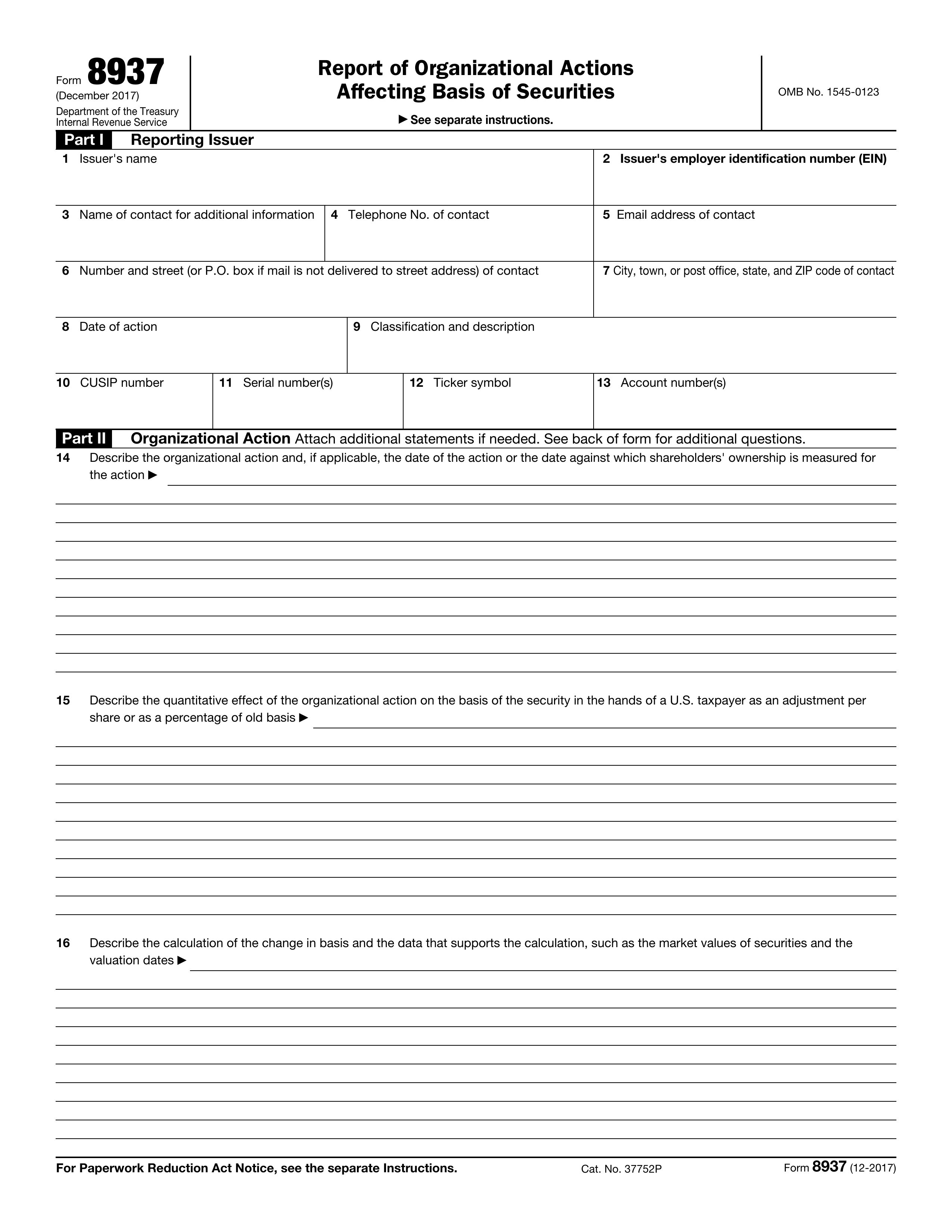What is Form 8959?
Form 8959, known as the Additional Medicare Tax, is essential for high-income earners to calculate and report any extra Medicare taxes owed. This tax applies to wages, self-employment income, and railroad retirement income that exceed specific thresholds—$200,000 for single filers and $250,000 for joint filers. By using this form, individuals can reconcile the Medicare tax withheld by their employers with the actual tax owed, ensuring compliance with tax regulations and the Affordable Care Act while helping to maintain accurate tax reporting.
What is Form 8959 used for?
Form 8959 is an important document for certain taxpayers. Here's what it is used for:
- Calculate Additional Medicare Tax: Figure out how much extra Medicare tax you owe based on your income.
- Reconcile Withholding: Ensure the Medicare tax withheld by your employer matches what you owe.
- Report Tax Owed: Indicate any additional Medicare tax you need to pay.
- Attach to Tax Return: Include this form with your annual income tax return to report the extra tax.
How to fill out Form 8959?
- 1
Check if you need to file Form 8959 based on your Medicare wages and filing status.
- 2
Gather your Form W-2 and any self-employment income from Schedule SE.
- 3
Fill in Part I with your Medicare wages and tips from Form W-2, box 5.
- 4
Complete Part II by entering your self-employment income from Schedule SE, Part I, line 6.
- 5
Input RRTA compensation in Part III from Form W-2, box 14.
- 6
Record the Additional Medicare Tax withheld from your employer on Form W-2, box 14.
- 7
Attach Form 8959 to your tax return before submission.
Who is required to fill out Form 8959?
Individuals with Medicare wages, RRTA compensation, or self-employment income exceeding certain thresholds must complete Form 8959. This includes those with wages over $200,000 or married couples with combined income above $250,000.
High-income taxpayers use Form 8959 to report their Additional Medicare Tax liability, ensuring accurate tax reporting on their federal income tax return.
When is Form 8959 not required?
You don’t need to file Form 8959 if your combined Medicare and RRTA wages, plus self-employment income, are below $200,000 for single filers or $250,000 for joint filers. If your employer already withheld the full Additional Medicare Tax, you also may not need to submit the form.
When is Form 8959 due?
The deadline for Form 8959 is April 15th of the following year when you file your annual tax return. If you request an extension, the deadline extends to October 15th. Remember to attach Form 8959 to your return if you owe Additional Medicare Tax.
How to get a blank Form 8959?
To obtain a blank Form 8959, Additional Medicare Tax, you can access it directly on our website. This form, issued by the Internal Revenue Service (IRS), helps you calculate and reconcile the Additional Medicare Tax against your Form W-2. Remember, our platform assists with filling and downloading forms, but not filing them.
Do you need to sign Form 8959?
No, you do not need to sign Form 8959. This form is used to calculate and report Additional Medicare Tax, and it should be attached to your income tax return. The IRS manages the reconciliation with Form W-2. However, it's always a good idea to check for the latest updates on tax forms. With PDF Guru, you can fill out Form 8959 and download it for your records, but remember, submission isn't supported through our platform.
Where to file Form 8959?
Form 8959 must be filed with your federal income tax return. Attach it to your Form 1040, 1040-SR, 1040-NR, or 1040-SS.
Form 8959 can be submitted electronically as part of your e-filed tax return. The IRS allows electronic submission of tax returns, including all attached forms like Form 8959, through approved tax software or e-filing services.







